Wildlife 野生生物
|
Title   • File Name • File Name   • Date • Date   • Position • Position   |
|
|
|
|

Quack, quack. Actually the ducks were pretty quiet.
|
|

Ducks
|
|

At least 2 swans were in the pond along with koi fish.
|
|

An egret stalking insects. It did not mind us photographers only meters away.
|
|

The only egret which never flew away when I approached.
|
|

Bird
|
|

Monkeys
|
|

Ducks
|
|

Ducks fly away on Lake Suwa.
|
|
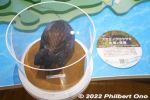
Model of Amami Oshima's endemic Amami Kuro-usagi rabbit. Short ears and dark fur.
|
|

Okinawa World's Habu show was interesting, but not particularly thrilling. The viper is not like a trained monkey doing tricks for a treat each time. The snake doesn't understand such a concept.
|
|

Habu viper from Kumejima.
|
|
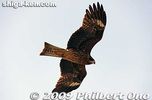
Meanwhile above, a black kite soars above looking for fish. The bird is a common site at Lake Biwa.
|
|
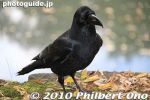
This crow was unafraid of humans. It was right in front of me and seemed to wait for food.
|
|

A heron bringing back a branch to make a nest at Genkyuen Garden in Hikone, Shiga.
|
|

Soon after we got to Nakajima, this black kite flew above. I tracked it with my camera. 「ピーヒョロロロロ…」
|
|

It then swooped down to the water and I started clicking away whether it would catch a fish or not. I was delighted to see it catch this large fish and captured the moment.
|
|

What a catch. It was my first time to capture a shot like this. I love these graceful and elegant birds which have a distinct cry.
|
|

Here's a close-up of the bird's claws grasping the gills of the fish. The bird sure knows where to grab a fish. The fish had no way to escape this grip.
|
|
|
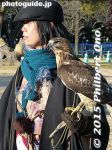
Falconry demonstrations held at Hama-Rikyu Gardens on Jan. 3 in Tokyo.
|
|

Falconry demonstrations held at Hama-Rikyu Gardens on Jan. 3 in Tokyo.
|
|

Kawau cormorants. Shiga has over 40,000 of these birds, and 30,000 of them live on Chikubushima whose trees are being destroyed by the droppings and branches broken off to make bird nests.
|
|

Iriomote is famous for the Iriomote wildcat (イリオモテ ヤマネコ). Endemic to Iriomote and critically endangered.
|
|
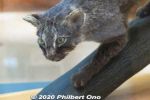
Only 100 or so left on the island. They are nocturnal and have stubby legs and a thick tail. Discovered relatively recently in 1965.
|
|
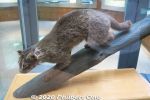
There's no zoo, etc., where we can see a live Iriomote cat. They only have stuffed Iriomote cats here at the Iriomote Wildlife Conservation Center.
|
|
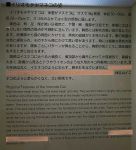
Characteristics of the Iriomote wildcat.
|
|

Bats on Iriomote.
|
|

On this day in Feb., I saw ducks and gray heron (ao-sagi).
|
|

Ducks
|
|

Tundra swans from Siberia at Lake Biwa.
|
|

Bean geese at Lake Biwa.
|
|

Actual-size cutout of Steller's sea eagle. The center has two telescopes aimed at the bird for a clear view. It is a very large bird with a wingspan of over 2 meters. You need a very large telephoto lens to photograph the bird on the mountain.オオワシ
|
|
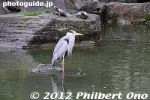
Heron stalking fish in the pond at Kameido Tenjin Shrine.
|
|

White heron (shirasagi) hanging out on the pond.
|
|
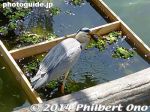
It soon snagged a baby carp from the pond. Poor innocent fish. It must be traumatic to be caught in a bird's beak and be swallowed whole.
|
|
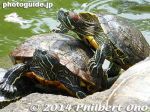
Kameido Tenjin Shrine also has many turtles in the pond. All these years, I thought they were cute. But I recently found out that these turtles are actually invasive species called red-eared slider or red-eared terrapin.Popular as pets when they are small.
|
|

A black kite is perched in a cherry tree.
|
|
|
|
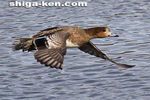
Mishima Pond, Maibara, Shiga.
|
|
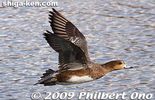
Mishima Pond, Maibara, Shiga.
|
|

Baby monkey. From generation to generation, these monkeys develop and pass down their habit of bathing in this hot spring.
|
|

Snow monkeys taking a bath and showing relaxed faces.
|
|

It's not unusual to see wild monkeys in Japan. So to the Japanese, these monkeys are not exotic nor unusual, even if they are bathing in an onsen.
|
|

My favorite shot. I'm not sure if he's exhibiting a derogatory gesture to us humans. The calluses on the buttocks serve as a cushion for sitting. It seems that they don't have the cushy/fatty buttocks that we do, so they need to grow calluses instead.
|
|
|

Swans along Lake Toya, Sobetsu, Hokkaido
|
|
|
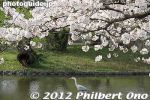
White heron and cherry blossoms.
|
|
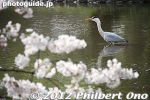
Grey heron and cherry blossoms.
|
|

Heron finds a snack.
|
|
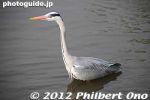
Grey heron
|
|

Lake Toya and swan, Hokkaido
|
|
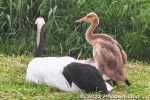
At Kushiro City Red-Crowned Crane Natural Park, baby red-crowned crane in mid-June 2022. That's the mother on the left.
|
|
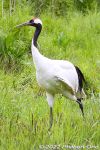
Red-crowned crane, Kushiro City Red-Crowned Crane Natural Park, Hokkaido.
|
|

Red-crowned crane, Kushiro City Red-Crowned Crane Natural Park (Kushiro Japanese Crane Reserve).
|
|
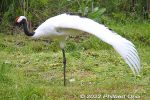
Red-crowned crane, Kushiro City Red-Crowned Crane Natural Park (Kushiro Japanese Crane Reserve).
|
|
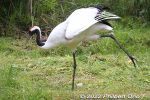
Red-crowned crane, Kushiro City Red-Crowned Crane Natural Park (Kushiro Japanese Crane Reserve).
|
|
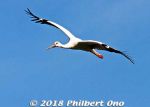
The Oriental white stork is a big, beautiful bird often mistaken as the Japanese crane. Wingspan is 2 meters.
|
|

Toyooka was where the last living Oriental white stork in Japan died in 1986. Pesticides in rice paddies (where they feed) and other environmental problems caused their demise.
|
|
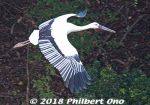
I didn't expect to see the storks flying around, so I was thrilled when a few of them flew overhead while I was in the park. They flew in during feeding time.
|
|
|
|
|
|
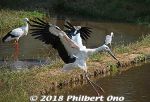
White stork landing in the paddy during feeding time.
|
|

Feeding time for the storks also attracts unwanted birds like black kites. They swoop in and steal a fish, then don't come back.
|
|

Grey herons also drop by, but they are always fighting each other.
|
|
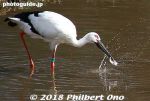
Oriental white stork eating a fish.
|
|
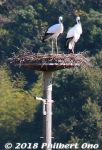
Two Oriental white storks on a nesting platform. Each nesting platform has a video camera monitoring it 24/7 especially during the egg-laying and hatching season in spring.The park is likely crowded during this time until the babies leave the nest in June/July.
|
|

Some wild monkeys on the mountain road.
|
|
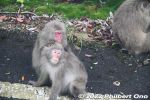
Wild monkeys on the mountain road in Yakushima. Waiting to get food tossed by tourists. (None from us.)
|
|
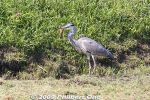
Heron with a frog at Lake Yogo, Nagahama, Shiga.
|
|

Ducks on ice
|
|
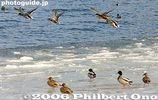
Saw me and they flew away
|
|
|
|